This blog is part of the ‘Highlights from Perth’ collection of articles, where you can read about the content of some of the talks and posters presented at the 30th International Symposium on ALS/MND. All presentations have a code beginning with ‘C’ followed by a number (e.g. C50). This will help you locate the specific abstract mentioned throughout the post in the official abstract book.
Researchers are invited to present their work as either a platform (oral) presentation or as a poster. Session 2B of the Symposium’s platform presentations looked at clinical trials. Here we summarise the session with four talks reporting concepts, updates and results of the trials being investigated. This includes the Healey ALS Platform Trial, Ibudilast, NurOwn, and Tofersen.
Healey ALS Platform Trial
First to present were Dr Sabrina Paganoni and Dr Ben Saville who discussed the Healey ALS Platform Trial with its design considerations and statistical efficiencies (C8). This platform trial is an innovative design that aims to accelerate the process of drug development and the path for effective treatment for ALS/MND by testing multiple drugs simultaneously and adaptively. This design has been seen to be successful in cancer trials. Compared to traditional drug development, the platform trial is estimated to find an effective therapy more quickly (average 3.4 vs. 8.5 years), with fewer total participants (average 880 vs. 1400), and fewer participants on placebo (average 220 vs. 700).
Incredibly, it has only been one year from concept to launch of this platform trial, with enrolment due to begin in early 2020 across 54 sites in the US. The Healey Center Science Advisory Committee have selected the top five therapeutic ideas ready to enter the platform trial now: Zilucoplan, Verdiperstat, CNM-Au8, Pridopidine, and IC14. The primary endpoint of the trial is to change disease severity in six months with continuous monitoring using ALSFRS-R (standard measure of functional outcomes). In addition to testing different therapies, the platform trial will also include several promising biomarkers and novel outcome measures for developing tools to evaluate the effectiveness of therapies. The trial will continue to test more interventions until cures are found for all people with ALS.
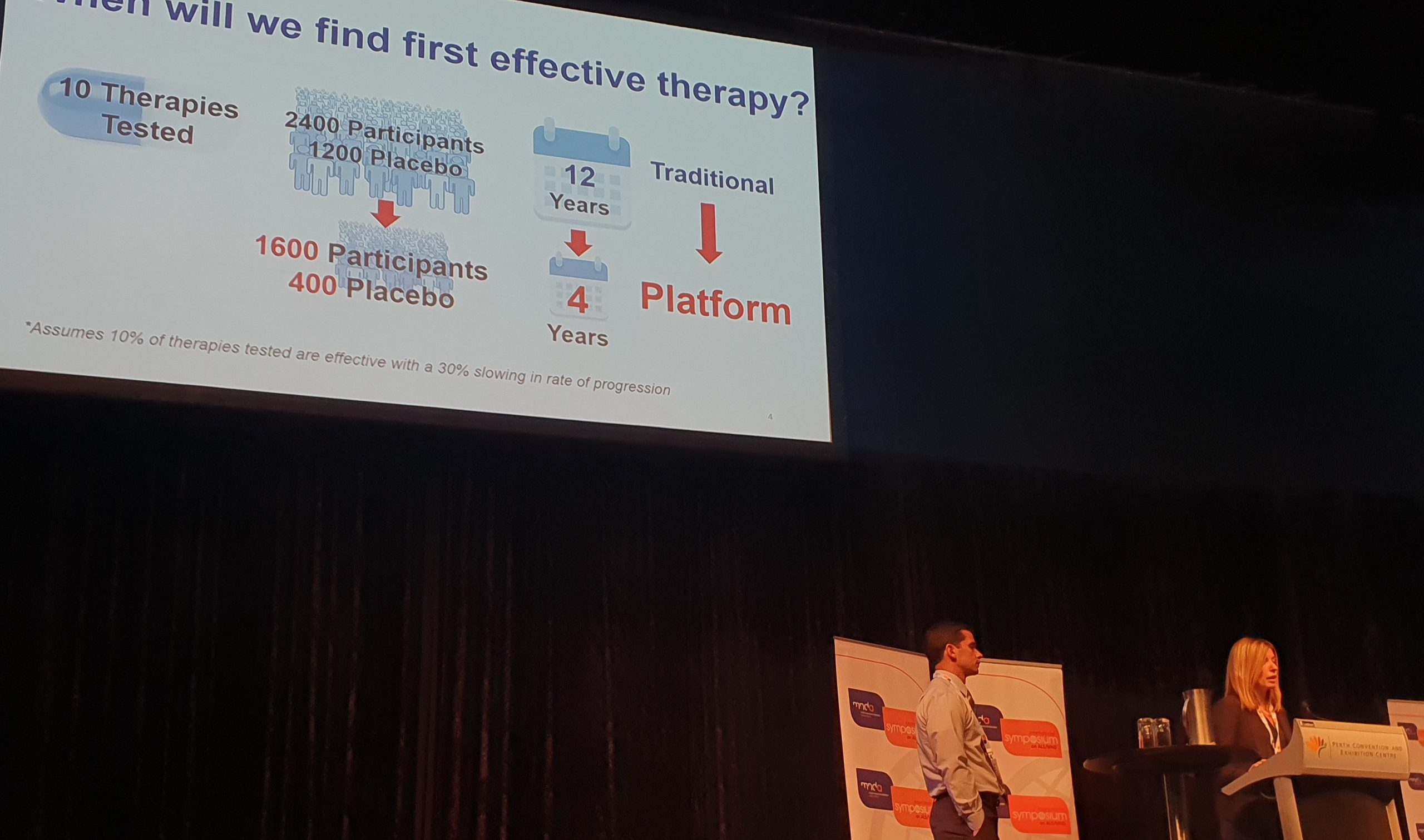
TRICALS, the world’s largest network of trained specialised ALS centres, has just launched a similar trial to collect and combine patient data across Europe too. The clinical trial design, which will start with lithium, will be continuously expanded and improved, targeted more precisely, and carried out more quickly.
Ibudilast (MN-166)
Dr Suma Babu then followed with a talk on a Phase 1b/2a clinical trial on the impact of Ibudilast (MN-166) on biomarkers of neuroinflammation (C9). Neuroinflammation drives disease progression. Ibudilast is an anti-inflammatory drug currently used to treat asthma and tested for the treatment of MND and other neurodegenerative diseases (including multiple sclerosis) by MediciNova. It is thought to suppress inflammation, activate neuronal function and reduce the number of toxic glial (support) cells.
The PBR28 marker is a protein abundant in toxic glial cells so the impact of ibudilast on its brain uptake was traced using PBR28 PET imaging. There was no detectable effect on its uptake. The study did find that ibudilast significantly lowered serum migration inhibitory factor (MIF), a marker of neuroinflammation. Overall, a dose of 100 mg per day over six weeks was safe with no drug-related serious adverse effects (SAEs) but there were considerable tolerability effects, including gastrointestinal side effects, fatigue, and insomnia.
NurOwn®
Dr Ralph Kern, BrainStorm, discussed the modulation of innate immunity by MSC-NTF cells (NurOwn®) (C10). NurOwn is a cell therapy which takes mesenchymal stem cells (MSCs) from patients to generate various cell types, specifically MSC-NTFs that produce neurotrophic factors (molecules which promote nerve tissue growth and survival). A goal of the Phase 2 clinical trial with NurOwn was to assess how biomarkers, such as cell-secreted NTFs, inflammatory factors, and cytokines, change in the blood and cerebrospinal fluid (CSF – liquid surrounding the brain and spinal cord) following treatment.
Increased levels of MCP-1, an inflammatory cytokine, is linked to ALS progression and functional decline in various models. The Phase 2 trial with a single intrathecal administration of NurOwn saw lower levels of inflammatory biomarkers such as this MCP-1 and increased miR-146a (microRNA that inhibits MCP-1) in the CSF which correlated with improved ALSFRS-R functional outcomes. These important actions of NurOwn are now being further evaluated in a fully-enrolled repeat-dose Phase 3 study which will also look at the time-course of biomarker change. Results are expected by the end of next year.
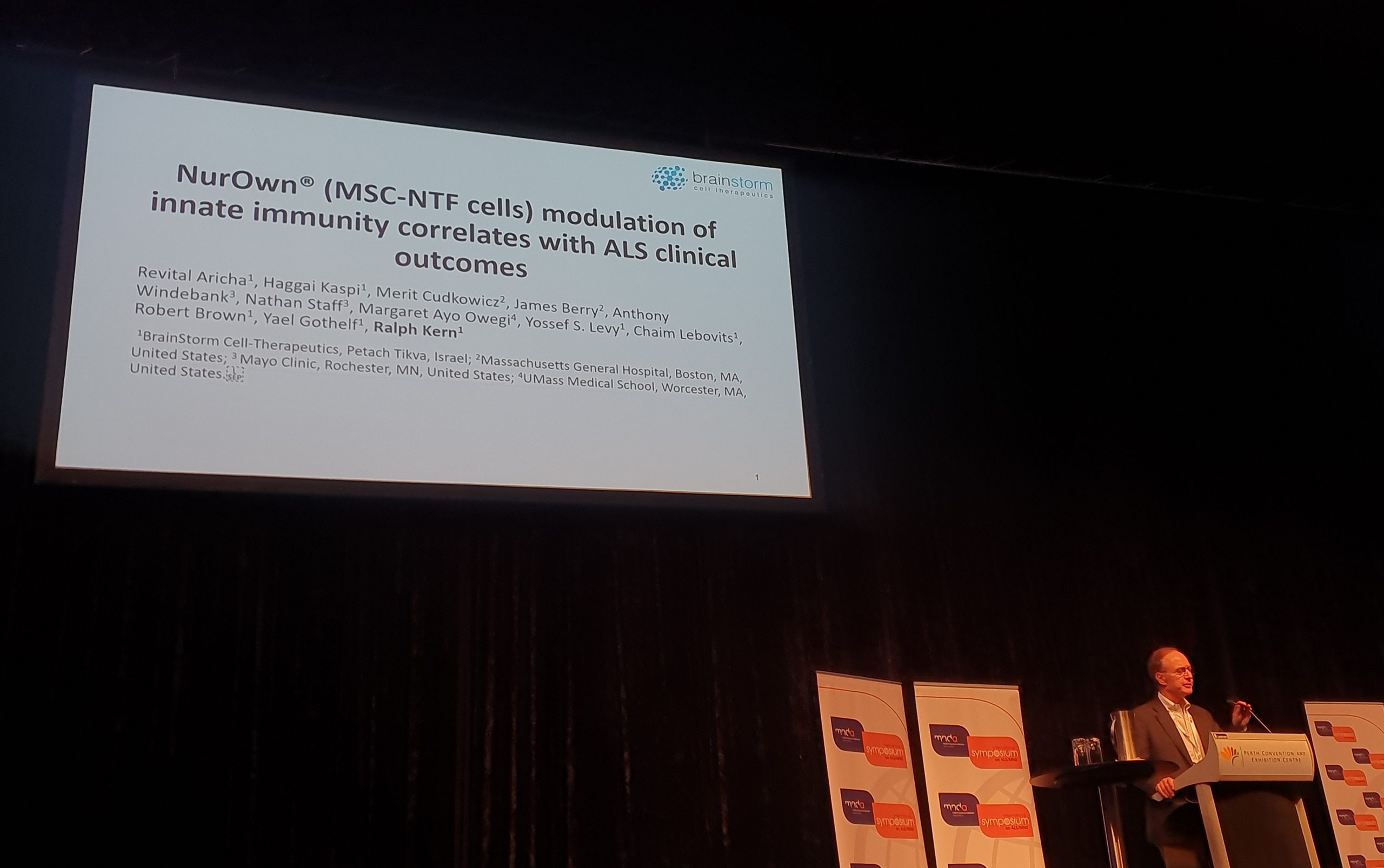
Tofersen
Approximately 2% of MND cases are linked to superoxide dismutase (SOD1) mutations. SOD1 encodes a protein, which neutralises harmful radical oxygen molecules. Mutations in SOD1 can cause the protein to misfold and lead to a toxic build-up. Dr Timothy Miller presented the Phase 2 clinical trial results of tofersen, an antisense oligonucleotide (ASO) therapy to reduce SOD1 as a potential treatment for SOD1-mediated MND (C11).
Tofersen was well tolerated with the greatest reduction in SOD1 levels observed in the CSF with the highest dose (100 mg). There was an improvement in clinical measures with an observed slowing of decline in function, respiration, and muscle strength. The treatment also showed a reduction in neurofilaments levels (an apparent marker of disease activity) compared with placebo. Results support the continued development of tofersen for treatment of SOD1-MND and is currently being recruited for Phase 3, VALOR. Read our previous blog post on toferson here.
The team who discovered and developed this ASO therapy for ALS won the first Healey Center International Prize for Innovation in ALS/MND this year (all the 2019 Symposium awards can be viewed here).
Find out more about the topics discussed in Perth at the Symposium on our Periodic table of MND Research at www.mndassociation.org/symplive.



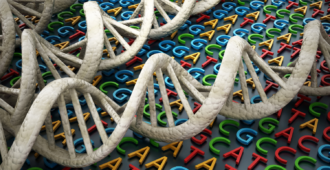
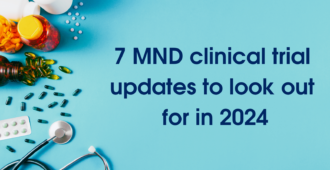
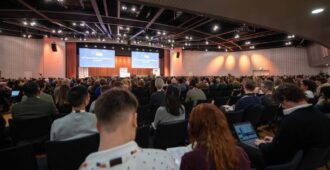

Thank you so much for sharing this!